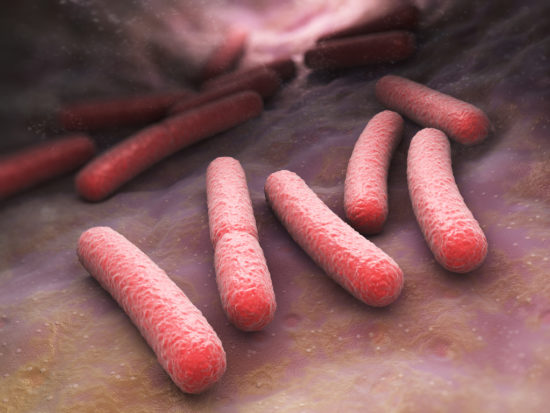“New mechanism of drug resistance discovered in P. aeruginosa”
“Researchers have discovered a new type of antibiotic resistance against the common antibiotic ciprofloxacin. The resistance was discovered in the opportunistic pathogen Pseudomonas aeruginosa and is described in the journal Antimicrobial Agents and Chemotherapy.
The new mechanism complements an already full arsenal that bacteria have to fight ciprofloxacin. Ciprofloxacin, or CIP, is a quinolone, which acts by locking DNA topoisomerase and gyrase enzymes in place as they nick DNA to be unwound. The accumulation of these enzyme-DNA complexes leads to cell death. To avoid CIP-mediated death, cells can alter the intracellular concentration by decreasing porin expression or increasing efflux via membrane-bound pumps. Cells can prevent CIP binding to its target, or alter the drug by adding an acetyl group. In the new research, first author Victor Chávez-Jacobo and senior scientist Martha Ramírez-Díaz describe a novel type of alteration: the addition of a phosphoryl group to CIP.”
Source: American Society for Microbiology



